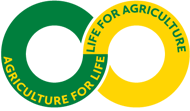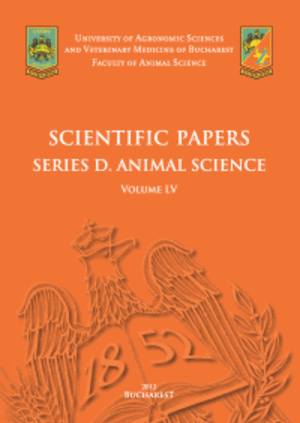Published in Scientific Papers. Series "Management, Economic Engineering in Agriculture and rural development", Vol. 24 ISSUE 4
Written by Carmen GURGU-LAZĂR, Constanta Laura ZUGRAVU, Gheorghe Adrian ZUGRAVU
Sorghum is the fifth most cultivated cereal in the whole world, after wheat, rice, corn and barley. It is a cereal with a chemical composition, similar to cereals grown in our country, especially corn. This crop must be reconsidered, as a cereal with great potential, to be used for human consumption, not only for animal feed. The sorghum crop is a crop that does not require large production costs, compared to other cereals grown in our country, especially in the context of climate change, in recent times. This research work aimed to present the biological and agricultural potential of Sorghum crop based on statistical data provide online by FAOSTAT, European Union Sorghum Area, Sorghum-id.com și The ARVALIS Technical Institute, France. The analyzed data refer to the period 2010-2022, so to a period of 12 years. The methods used to set up this study have been the comparison and index methods. The main results obtained based on this analysis reflect that, in Romania, where water availability may become a challenge in the future, sorghum can be a valuable crop option. Sorghum is a versatile crop that can adapt to a wide range of soil and climatic conditions. In conclusion, information about the sorghum crop is important for farmers to make the right decisions, because the sorghum crop has a high yield, which could be used in crop rotations or as a complementary crop for maize, being a crop of the future.
[Read full article] [Citation]

 Next Issue will be published according the the calendar.
Next Issue will be published according the the calendar.



